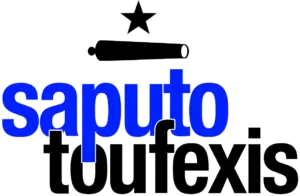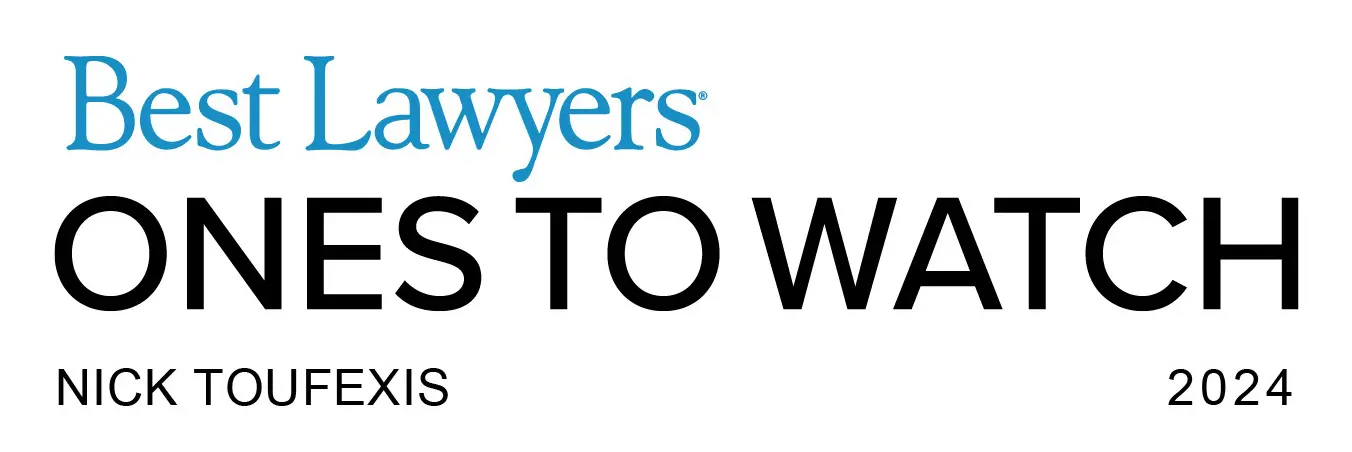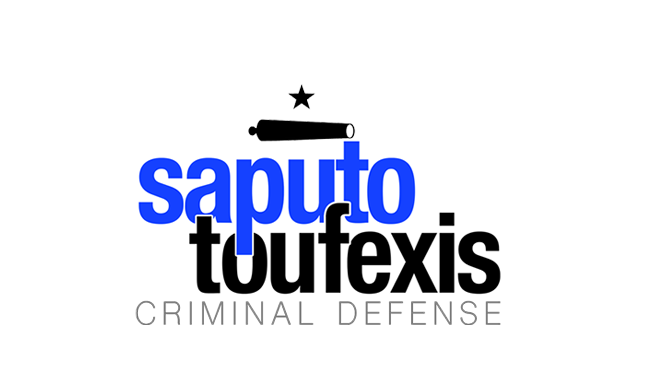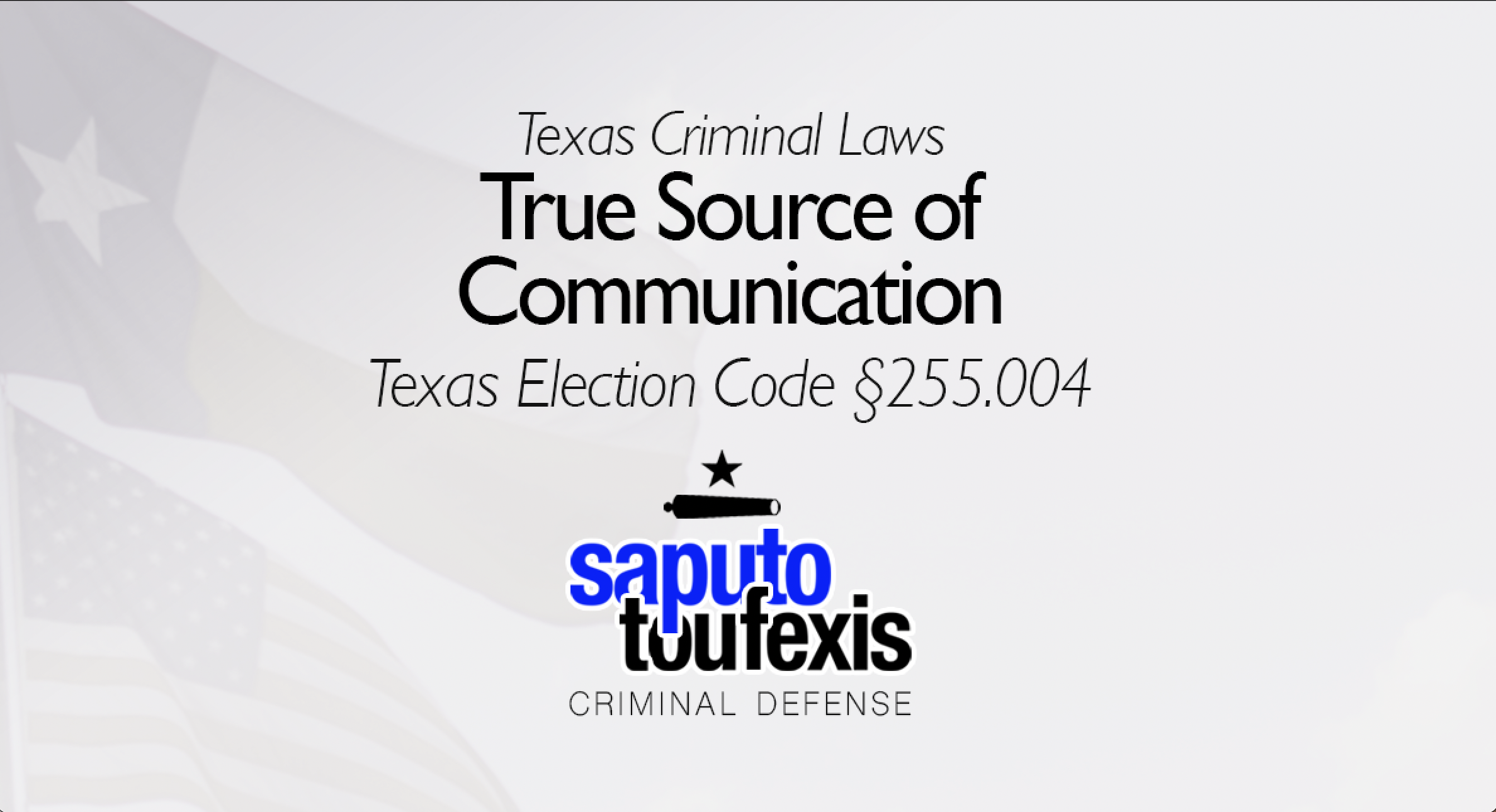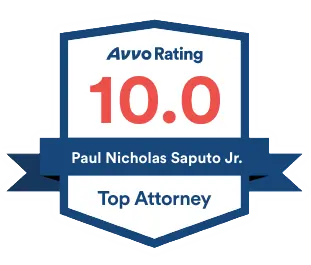The Texas True Source of Communication law gives police the right to arrest you if they believe you used certain deceptive communications with the intent to injure a candidate or influence the result of an election, including using deepfake video, mis-attributing the source of a communication in a campaign communication, and entering into a contract or other agreement to print, publish, or broadcast political advertising that purports to emanate from a source other than its true source.
FAQs about the
True Source of Communication law in Texas
- What is the current Texas law about True Source of Communication?
- How are deep fake videos defined in this Texas Elections Code statute?
- What are deep fake videos under Texas law?
- How can I be charged with a True Source of Communication offense in Texas?
- What is the statute of limitation for True Source of Communication in Texas?
- What is the penalty for a Texas True Source of Communication offense?
- Can you get probation for True Source of Communication in Texas?
- What level of crime is True Source of Communication in Texas?
This law had not been changed since 1987, but when machine learning came into the mainstream, the Texas legislature decided to update this one to help curb the use of deepfake videos in political operations. The law was codified at §255.004 of the Texas Election Code and last updated in 2019 with the addition of the prohibitions against deep fake videos.
Have you been charged with True Source of Communication? Contact us today to discuss legal representation.
or Text or Call (888) 239-9305
This is the Texas Elections Code offense pertaining to deepfakes, and one of only two deepfake video laws in Texas as of 2023. The other offense dealing with deep fake videos is Unlawful Production Or Distribution Of Certain Sexually Explicit Videos.
The Election Code classifies the Texas True Source of Communication law under Title 15 “Regulating Political Funds and Campaigns,” Chapter 255 “Regulating Political Advertising and Campaign Communications.” Learn more about the Texas offense of True Source of Communication below.
What is the current Texas law about True Source of Communication?
The current Texas law defines the offense of True Source of Communication in three subsections of Election Code Section §255.004, subsections (a), (b), and (d) as follows (subsection (c) classifies the offense as a Class A misdemeanor):[1]
(a) A person commits an offense if, with intent to injure a candidate or influence the result of an election, the person enters into a contract or other agreement to print, publish, or broadcast political advertising that purports to emanate from a source other than its true source.
(b) A person commits an offense if, with intent to injure a candidate or influence the result of an election, the person knowingly represents in a campaign communication that the communication emanates from a source other than its true source.
(d) A person commits an offense if the person, with intent to injure a candidate or influence the result of an election:
(1) creates a deep fake video; and
(2) causes the deep fake video to be published or distributed within 30 days of an election.
This offense has been on the books since at least 1987, but the 86th Texas Legislature in 2019 added the provisions regarding deep fake videos in subsection (d) above.[2] effective September 1, 2019.[3]
How are deep fake videos defined in this Texas Elections Code statute?
Deep fake videos are defined as videos “created with the intent to deceive, that appears to depict a real person performing an action that did not occur in reality.”[4] The statute limits the applicability of this definition to this particular statute only.
What are deep fake videos under Texas law?
Texas law defines “deep fake videos” under §255.004 of the Elections Code as videos “created with the intent to deceive, that appears to depict a real person performing an action that did not occur in reality.”[5]
How can I be charged with a True Source of Communication offense in Texas?
You can be charged with a violation of True Source of Communication in Texas if the state’s attorneys believe that each of the elements of §255.004 as described in the section above have been met.
What is the statute of limitation for True Source of Communication in Texas?
As a misdemeanor, True Source of Communication charges have a two-year limitations period.[6]
What is the penalty for a Texas True Source of Communication offense?
True Source Of Communication in Texas is punished as a Class A misdemeanor.[7]
Can you get probation for True Source of Communication in Texas?
The Texas Code of Criminal Procedure allows both judges and juries to grant probation for True Source of Communication, and judges are also allowed to accept deferred adjudication plea deals.[8]
What level of crime is True Source of Communication in Texas?
The Election Code classifies True Source of Communication as either a state jail felony or second degree felony.
Learn more about the penalty range for this offense in the section above.
Legal References:
^1. Texas Election Code §255.004. This law is current as of 2024.^2. SB 751, 86th Texas Legislature (RS), Section 1^3. SB 751 86th Texas Legislature (RS), Section 2^4. Texas Election Code §255.004(e)^5. Texas Election Code §255.004(e)^6. See Code of Criminal Procedure 12.02(a)^7. Texas Election Code §255.004(c)^8. See Chapter 42, Texas Code of Criminal Procedure, Art. 42A.054, Art. 42A.056, Art. 42A.102
